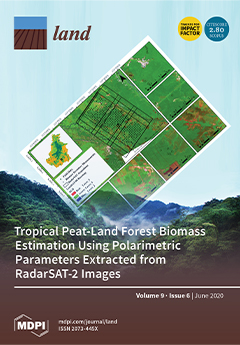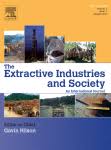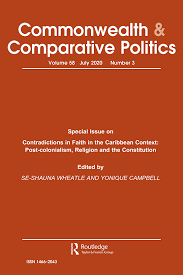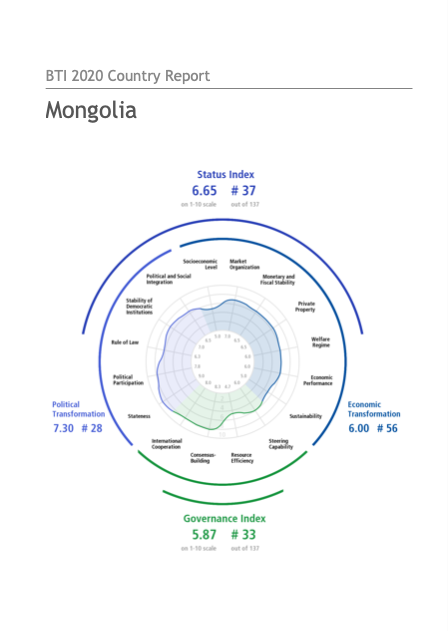Soil Properties and Biomass Attributes in a Former Gravel Mine Area after Two Decades of Forest Restoration
The ongoing global deforestation resulting from anthropogenic activities such as unsustainable agriculture and surface mining threatens biodiversity and decreases both soil carbon and above-ground biomass stocks. In this study, we assessed soil properties and below- and above-ground biomass attributes in a restored former gravel mine area in Ghana two decades after active restoration with potted plants and fresh topsoil.










